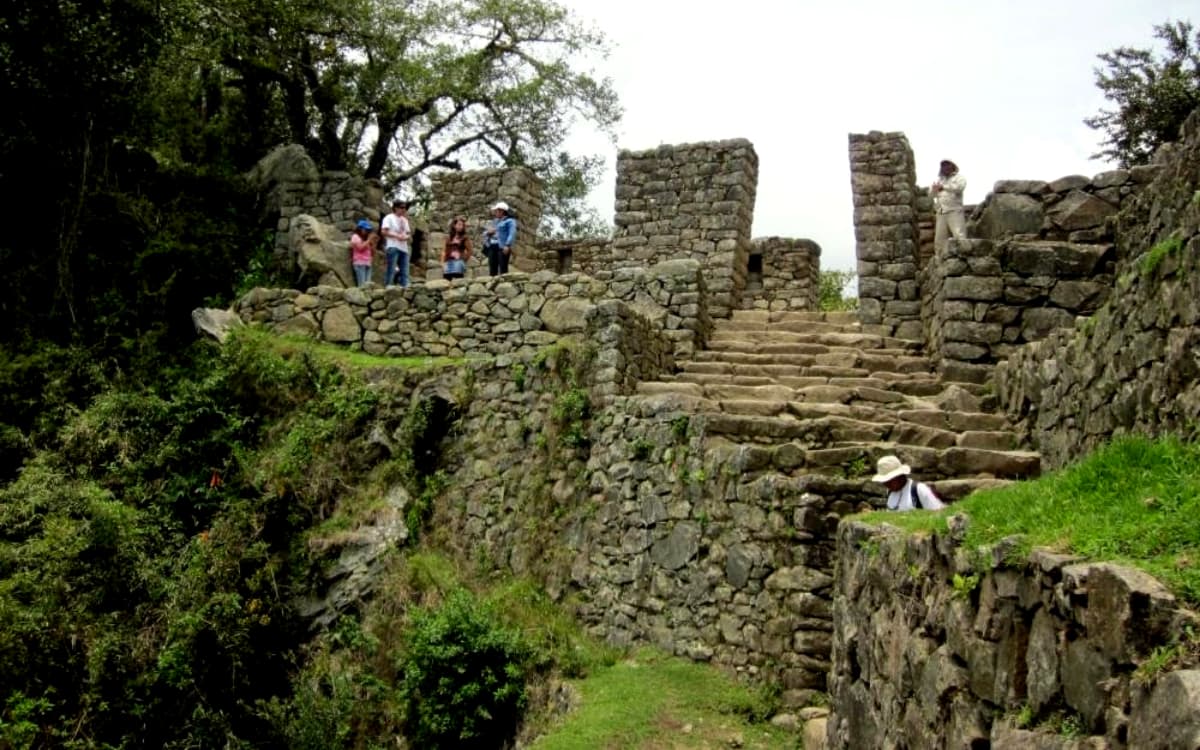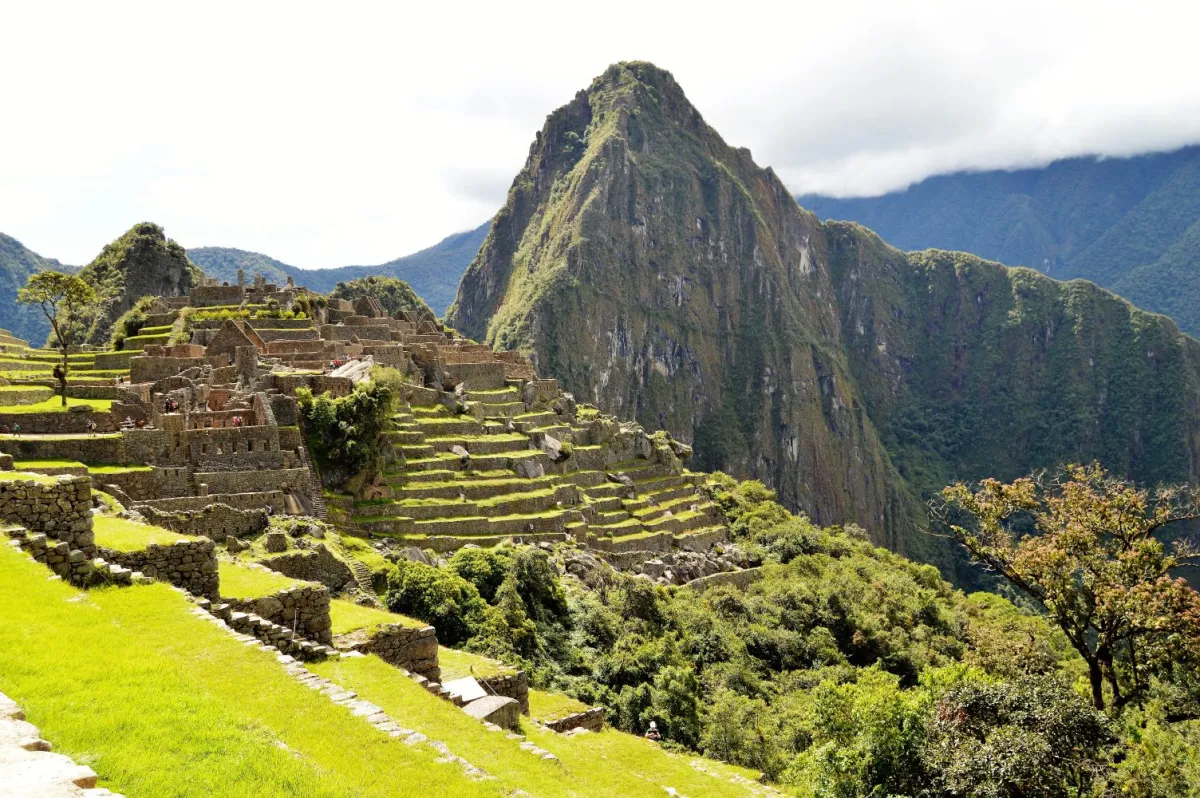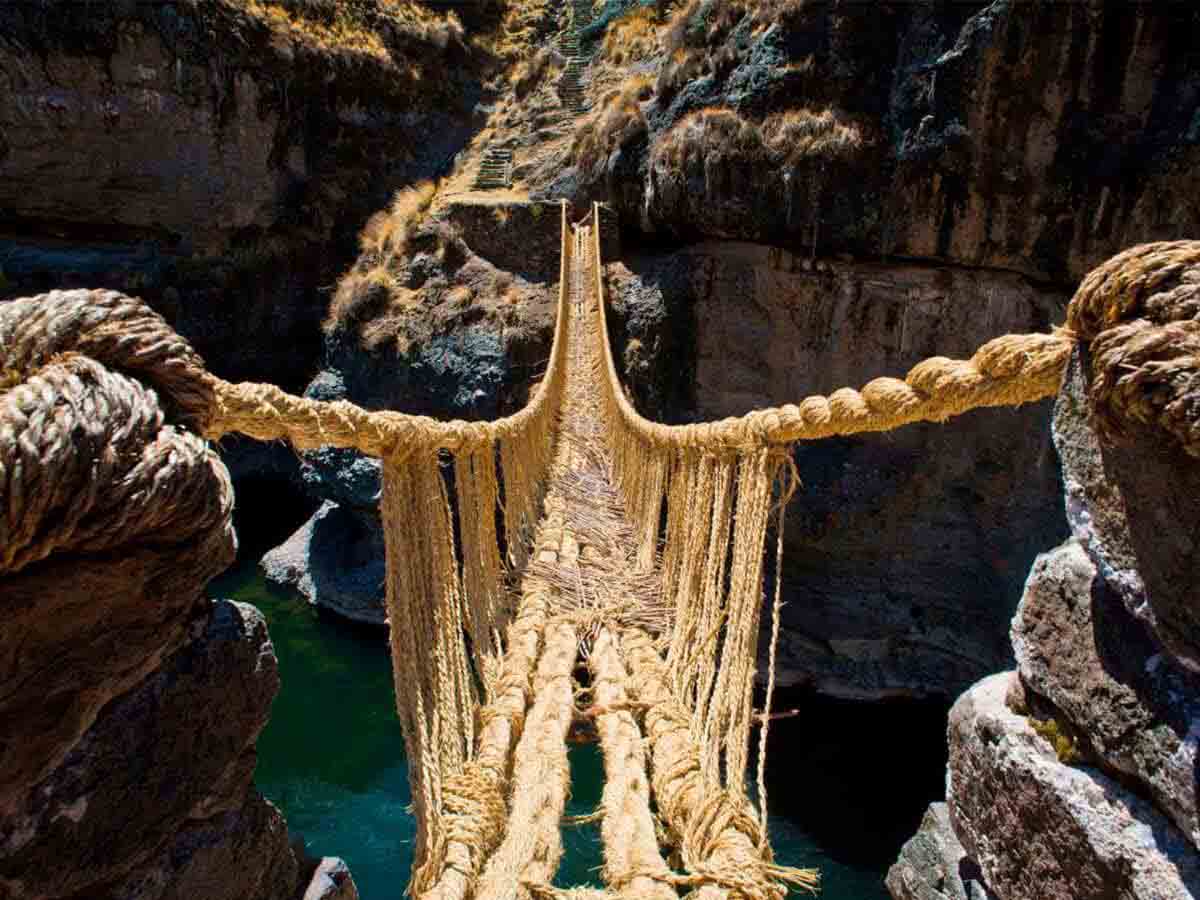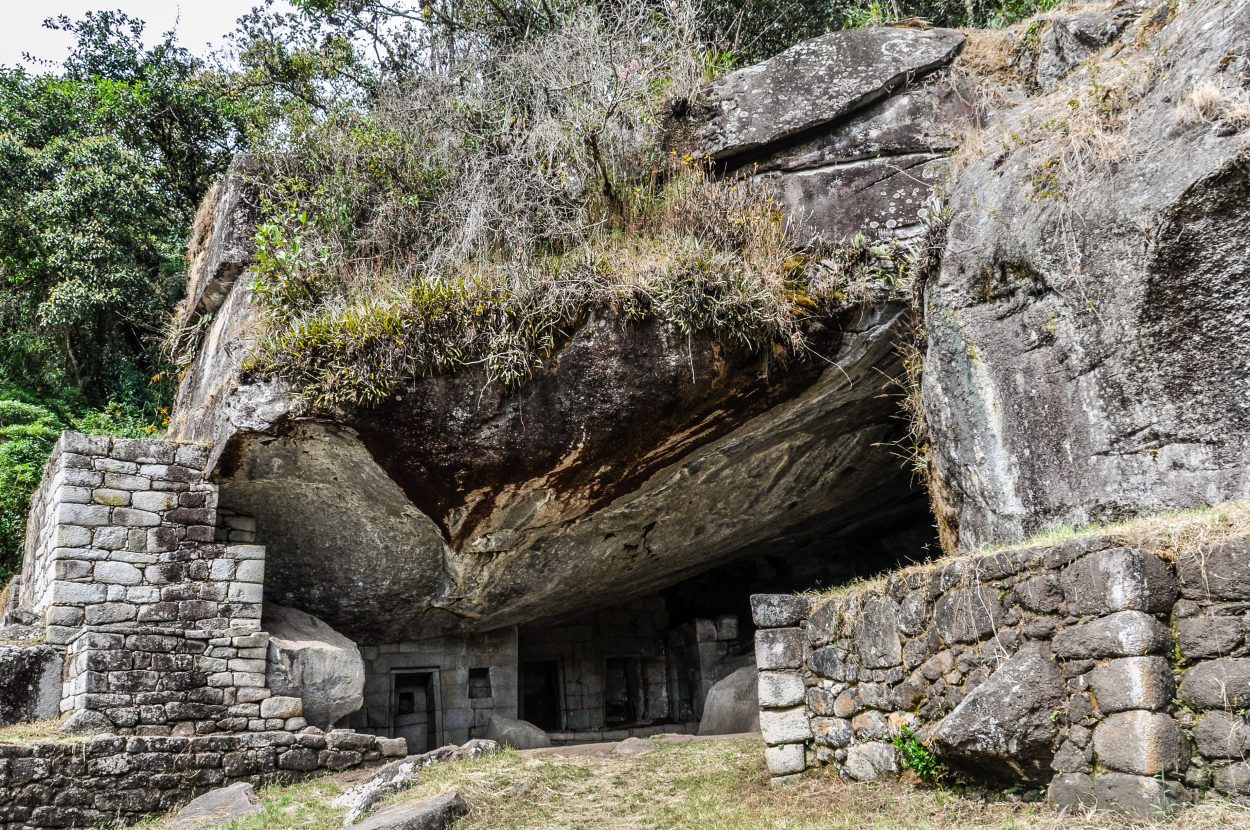Best places to visit in Machu Picchu, Peru.
Machu Picchu – A Guide to the Best Places to Visit the Andes mountains. Machu Picchu is a breathtaking ancient city that has captured the hearts and minds of travelers for centuries. This UNESCO World Heritage Site is one of the most visited tourist destinations in South America, and for good reason. With its stunning architecture, rich history, and awe-inspiring natural surroundings, Machu Picchu offers an unforgettable experience for all who visit.
If you’re planning a trip to this iconic destination. It can be overwhelming to decide which places to visit within the vast complex. To help you make the most of your journey, we’ve put together a guide to the best places to visit in Machu Picchu, Peru.
1. The Citadel of Machu Picchu
History and Significance.
The Citadel of Machu Picchu, commonly known as the “Lost City of the Incas,” stands as the central allure of the entire complex. Erected in the 15th century by the Inca civilization, it was deserted just over a century later during the Spanish conquest. Concealed from the outside world, the site lay dormant until American explorer Hiram Bingham rediscovered it in 1911.
What to See
This section of Machu Picchu is home to some of the most iconic structures, including the Temple of the Sun, the Intihuatana Stone, and the Temple of the Three Windows. The intricate stonework and impressive engineering of these buildings are a testament to the advanced knowledge and skills of the Inca people.
Tips for Visiting
To fully appreciate the Citadel, it’s advisable to engage a guide who can offer insights into the history and significance of each structure. Additionally, be sure to arrive early in the morning to avoid the crowds and catch the sunrise over the mountains.
2. Huayna Picchu

History and Significance – Machu Picchu
Huayna Picchu, meaning “Young Peak” in Quechua, is the iconic mountain that serves as the backdrop for many famous photos of Machu Picchu. It once served as a sacred site for the Inca people and is believed to have been the residence of high priests and nobility.
What to See
The hike up Huayna Picchu is not for the faint of heart, but the stunning views from the top are well worth the effort. Along the way, you’ll pass through ancient ruins and terraces, providing a unique perspective of the complex. At the summit, you’ll be rewarded with panoramic views and the surrounding mountains.
Tips for Visiting
Because of its popularity, visitors must purchase tickets in advance to climb Huayna Picchu, with a daily limit of 400 tickets. It’s advisable to book your ticket several months ahead to guarantee your spot. Furthermore, since the hike can be strenuous, it’s crucial to be physically prepared and carry an ample supply of water.
3. The Sun Gate (Inti Punku)

History and Significance – Machu Picchu
The Sun Gate, also known as Inti Punku, is an ancient entrance and was once used as a checkpoint for travelers entering the city. It is located at the end of the Inca Trail, making it a popular spot for hikers to catch their first glimpse of the complex.
What to See
The hike to the Sun Gate is relatively easy compared to other trails within, making it accessible for most visitors. Along the way, you’ll pass through lush vegetation and enjoy stunning views of the surrounding mountains. Once you reach the gate, you’ll be rewarded with a breathtaking view of Machu Picchu from above.
Tips for Visiting
The hike to the Sun Gate comes included with the entrance ticket, eliminating the need for a separate purchase. It’s advisable to embark on this journey either early in the morning or late in the afternoon to evade the intense midday heat and crowds.
4. The Temple of the Condor Machu Picchu

History and Significance – Machu Picchu
The Temple of the Condor is notable as one of the most unique structures within MachuPicchu and is believed to have functioned as a place of worship for the Inca people . Its shape resembles a condor with outstretched wings, which was a sacred animal in Inca culture.
What to See
The temple is located in the Sacred District of Machu Picchu and is made up of several chambers and altars. The most impressive feature is the large rock formation that resembles a condor’s head and neck. Visitors can also see the intricate stonework and carvings throughout the temple.
Tips for Visiting
The Temple of the Condor is often overlooked by visitors, making it a peaceful spot to explore away from the crowds. Be sure to take your time to appreciate the details and symbolism within the temple.
5. The Inca Bridge Machu Picchu

History and Significance – Machu Picchu
The Inca Bridge, a suspension bridge constructed from rope and wood, served as a clandestine entrance to Machu Picchu for the Inca people. It was ingeniously integrated into the cliffside and could be swiftly dismantled to thwart unauthorized entry to the city.
What to See
Today, visitors can walk along a narrow path to reach the Inca Bridge and get a sense of what it would have been like for the Inca people to cross it. The views from the bridge are also stunning, with the Urubamba River flowing below.
Tips for Visiting
Visitors can easily access the Inca Bridge, located near the entrance. However, the path can be narrow and steep, so it’s important to take caution while walking.
6. The Temple of the Moon

History and Significance – Machu Picchu
The Temple of the Moon, considered a hidden gem, served as a place of worship for the moon goddess. Constructed within a natural cave, it showcases elaborate carvings and altars.
What to See
Visitors have the opportunity to explore the temple and observe the various chambers and niches designated for different rituals. The focal point of the temple is a sizable rock formation resembling a throne, purportedly utilized by the high priest during ceremonies.
Tips for Visiting
The Temple of the Moon is not as well-known as other sites within, making it a peaceful spot to visit away from the crowds. However, it does require a short hike to reach, so be sure to wear comfortable shoes and bring water.
FAQs about Machu Picchu
How do I get to Machu Picchu?
The most popular way to reach Machu Picchu is by taking the train from Cusco or Ollantaytambo to Aguas Calientes, the town at the base of the mountain. From there, you can either take a bus or hike up to the complex.
Do I need a guide to visit Machu Picchu?
While a guide is not a necessity, we highly recommend embracing the history and significance of the site fully. Visitors can arrange for guides either upon arrival at the entrance or through tour companies.
When is the best time to visit Machu Picchu?
The dry season (May-October) stands out as the optimal time to visit due to its predictable weather and lower likelihood of rain. However, this period also draws larger crowds due to its alignment with peak tourist season, so visitors should anticipate heightened congestion.
Are there any restrictions or rules for visiting Machu Picchu?
Yes, the site prohibits visitors from bringing in large bags or backpacks, food, or drinks (except water).Furthermore, visitors must strictly refrain from climbing on the ruins or touching the stonework.
Can I stay overnight at Machu Picchu?
No, there are no accommodations within the complex itself. However, there are several hotels and hostels in Aguas Calientes for those who wish to spend more time exploring the area.
Conclusion – Machu Picchu
Machu Picchu is a must-visit destination for anyone traveling to Peru. With its rich history, stunning architecture, and breathtaking natural surroundings. It’s no wonder why this ancient city continues to captivate visitors from all over the world. By following our guide to the best places to visit in Machu Picchu. You’ll be sure to have an unforgettable experience that will leave you in awe of this incredible wonder of the world.
